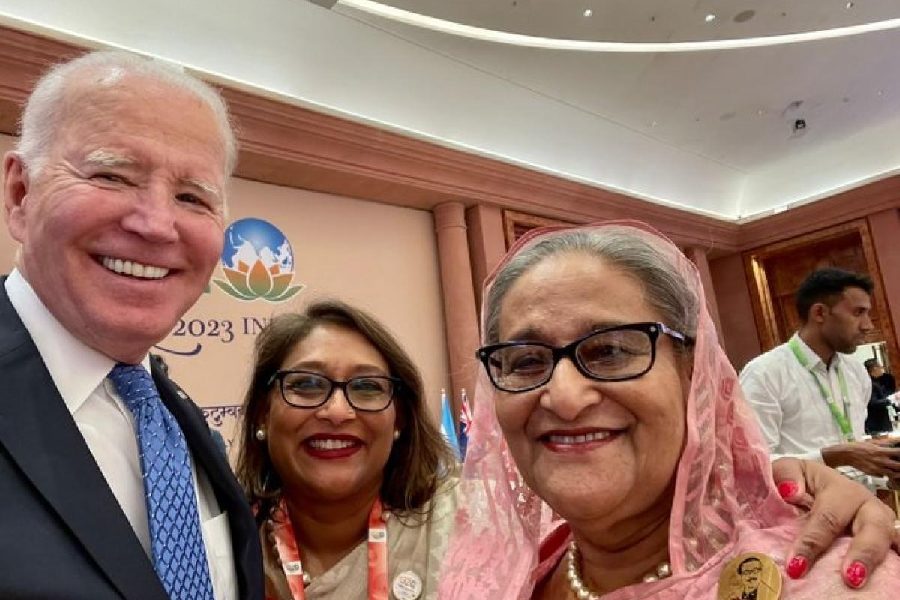The WHO executive board in Geneva on Tuesday confirmed Saima Wazed, a psychologist and mental health professional, as the next regional director of the WHO’s Southeast Asia Region.
Wazed, the daughter of Bangladesh Prime Minister Sheikh Hasina, will be the first from Bangladesh and the second woman regional director of SEARO after India’s Poonam Khetrapal Singh who held the position since 2014.
Wazed will begin her five-year term on February 1, 2024, the WHO said in a statement. Listing her priorities in her acceptance speech on Tuesday, Wazed said: “The first of these is a strong focus on mental health … a long-neglected area … I will work towards ensuring relative parity between physical and mental health in our healthcare systems.”
Wazed has been a school psychologist and a technical expert for public policy, the chair of Bangladesh’s national advisory panel on autism and neurodevelopmental disorders, and a member of the WHO’s expert panel on mental health.
She said she would also look forward to devising and implementing specific interventions for women, including pregnant women, and children. Other priority areas include universal health coverage, emergency response and pandemic preparedness, partnerships across education, economic and social sectors to address factors that influence health, and vulnerable groups.
Wazed said she would also prioritise data collection on gender inequalities, socio-economic disadvantages, and specific issues faced by indigenous peoples, refugees, migrant populations displaced by conflict, economic and environmental crises.











